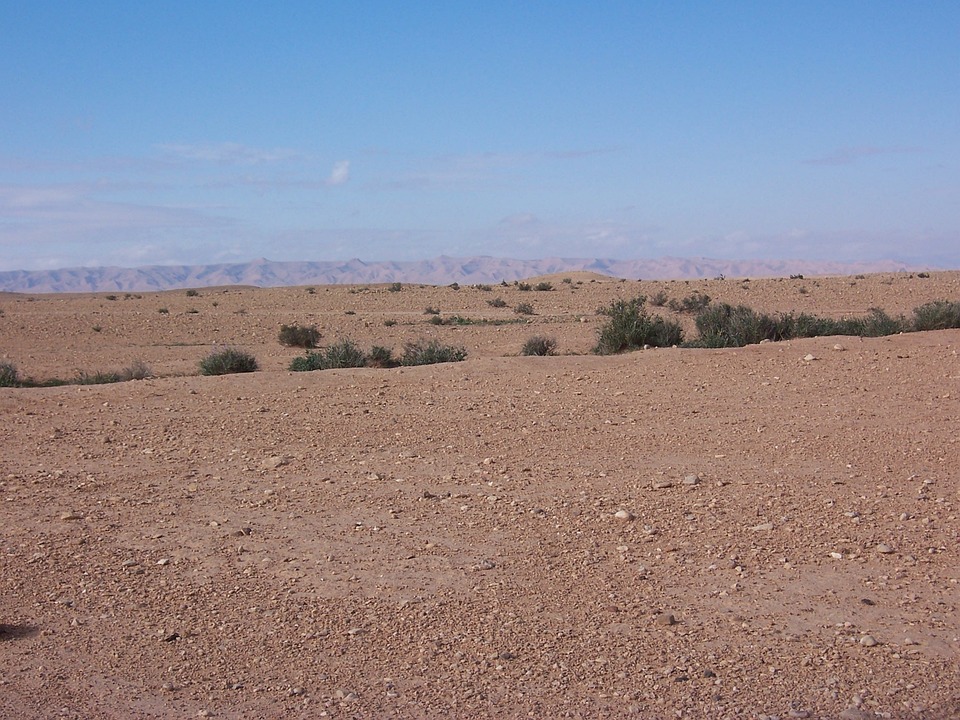How Do Geographers Distinguish Between the Types of Dry Climate?
Dry climates are a significant focus in geography due to their unique ecosystems and the challenges they present for human life and agriculture. Understanding the distinctions between various types of dry climates is crucial for effective environmental management, agricultural planning, and climate science.
Understanding Dry Climates
Dry climates, characterized by low annual precipitation and high evaporation rates, are defined as regions where moisture loss exceeds moisture gain. These climates typically receive less than 20 inches (approximately 500 mm) of rainfall annually, making them arid or semi-arid environments. They are predominantly found in subtropical and mid-latitude regions, often situated in the rain shadow of mountains or far from oceanic moisture sources.
The Two Main Types of Dry Climates
– Desert (Arid) Climate
– Characteristics: Deserts experience extreme dryness with annual precipitation often below 10 inches (250 mm). They have significant temperature variations between day and night.
– Examples: The Sahara Desert in Africa and the Arabian Desert are prime examples of hot deserts.
– Steppe (Semi-Arid) Climate
– Characteristics: Steppes receive slightly more precipitation than deserts, typically between 10 to 20 inches (250 to 500 mm) annually. They are characterized by grasslands and seasonal rainfall.
– Examples: The Great Plains in the United States and regions in Central Asia exemplify steppe climates.
Factors Geographers Use to Distinguish Dry Climates
Geographers utilize several key factors to differentiate between desert and steppe climates:
– Precipitation Levels: Deserts receive significantly less annual rainfall compared to steppes, which have a higher average.
– Temperature Variability: Deserts exhibit extreme temperature fluctuations, with hot days and significantly cooler nights, while steppes tend to have more moderate temperatures.
– Vegetation Differences: Deserts have sparse vegetation adapted to extreme conditions, whereas steppes support grasslands with more diverse plant life.
– Location and Altitude: The geographical context, including proximity to oceans and altitude, plays a critical role in determining aridity. For instance, areas in rain shadows or far from moisture sources tend to be drier.
Measurement Tools and Methods
The Köppen Climate Classification System is widely used among geographers to categorize dry climates. This system classifies climates based on temperature patterns and precipitation levels:
– Arid Desert (BW): Defined as areas where annual precipitation is less than 50% of the precipitation threshold.
– Semi-Arid Steppe (BS): Identified where annual precipitation exceeds 50% of the threshold but remains low enough to classify it as semi-arid.
Additionally, modern geographers employ satellite imagery, weather station data, and measures of evaporation rates to assess climate types accurately.
FAQs
– What are some examples of desert and steppe climates?
Deserts include the Sahara and Gobi. Steppes can be found in regions like the Great Plains and parts of Mongolia.
– How do mountains affect dry climates?
Mountains can create rain shadows that limit moisture on one side while allowing for wetter conditions on the other.
– Can dry climates exist in cold regions?
Yes, cold deserts like the Gobi exist where low temperatures coincide with low precipitation.
– What is the difference between arid and semi-arid?
Arid climates receive less than 10 inches of rainfall annually, while semi-arid climates receive between 10 to 20 inches.
– How do human activities impact dry climates?
Human activities such as agriculture, urbanization, and resource extraction can exacerbate aridity through water depletion and land degradation.
Conclusion
Understanding the distinctions between desert and steppe climates is essential for managing these unique environments effectively. By recognizing their characteristics—precipitation levels, temperature variability, vegetation types, and geographical influences—geographers can better address ecological challenges related to global climate change, agriculture sustainability, and biodiversity conservation.

Kyle Whyte is a notable scholar and professor at the University of Michigan, holding positions such as the George Willis Pack Professor in the School for Environment and Sustainability and Professor of Philosophy. Specializing in environmental justice, his work critically examines climate policy and Indigenous peoples’ ethics, emphasizing the nexus between cooperative scientific endeavors and Indigenous justice. As an enrolled Citizen Potawatomi Nation member, he brings a vital perspective to his roles as a U.S. Science Envoy and member of the White House Environmental Justice Advisory Council. His influential research is supported by various prestigious organizations including the National Science Foundation, and disseminated through publications in high-impact journals. Kyle actively contributes to global Indigenous research methodologies and education, with affiliations to numerous institutes and societies dedicated to traditional knowledge and sustainability. Recognized for his academic and community engagement, Kyle has earned multiple awards and served in various visiting professorships. His efforts extend to leadership positions on boards and committees focused on environmental justice nationwide.
